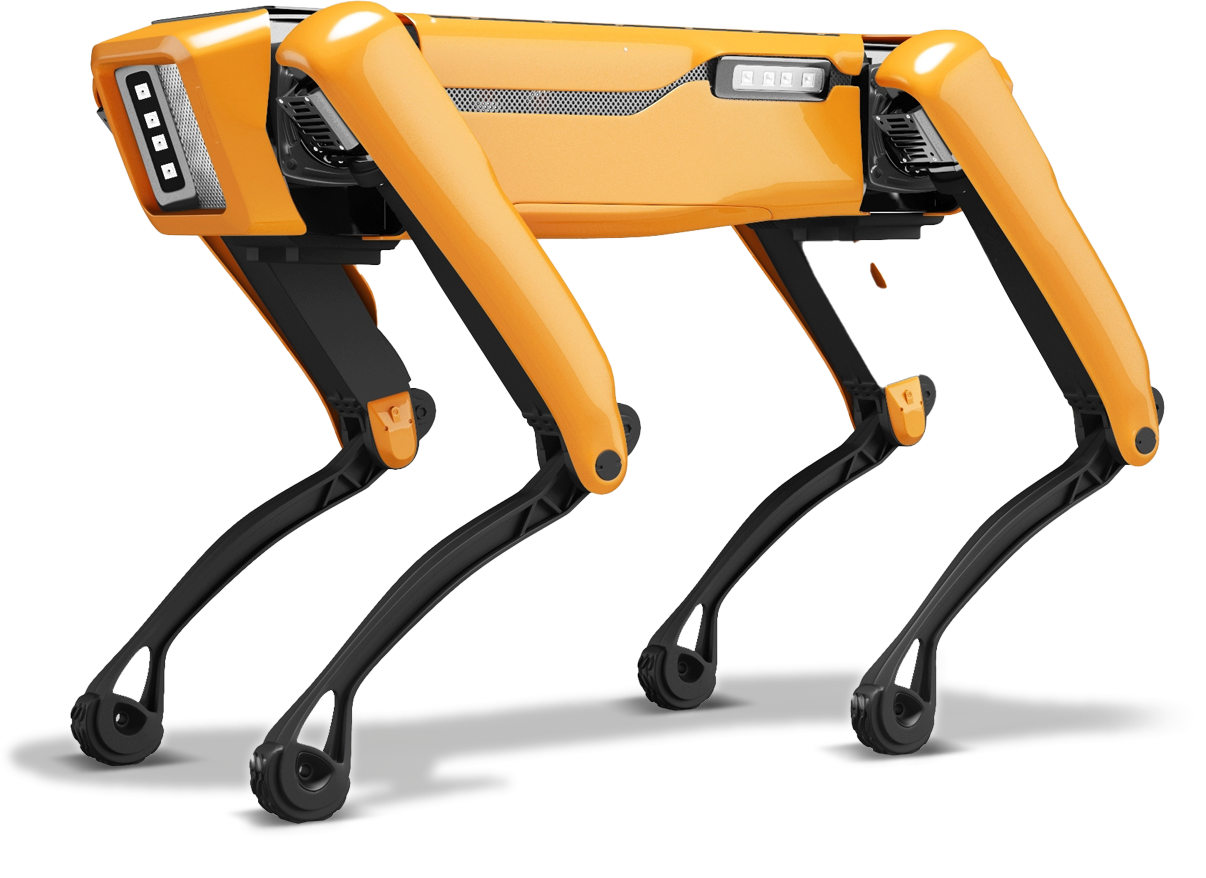Reach RS4
Reach RS4 Product description
The Reach RS4 is the flagship all-band RTK GNSS receiver. With the Reach RS4, everything just got better; there are no flaws and no compromises. It makes fieldwork faster, more flexible and more reliable. So, what exactly has been improved compared to the Reach RS3?
Key features
Improved tilt compensation algorithm
5× faster tilt compensation — RS3 required 30–40 seconds to initialize; RS4’s next-gen IMU activates in just a few moves (5–7 seconds)
Quick-release mount
Backlash-free thread designed specifically for tilt workflows, ensuring accuracy even under pole tilt
All-band support and new antenna
Tracks all bands, including L1/L2/L5/L6, 672 channels, providing greater multipath resistance and able to work even under a canopy!
Even more durable
The RS4 is made from a new premium material: a magnesium alloy, which is often used in the manufacture of aerospace and medical equipment, as well as high-end electronics.
It also features an IP68 rating and a wider operating temperature range of -40 to +65°C.
Fully functional dual band radio system
…which means that the UHF bands can also be used to send corrections. This also comes with license support for radios. UHF radios support transmission power of up to 2 W, but the exact allowable power level depends on local country regulations and often requires a licence. The LoRa radio supports transmission power of up to 1 W, and the maximum output varies by country (detailed specs are coming soon). However, LoRa is optimised to remain within licence-free limits in most regions.
Technical Specs
Positioning
Precision
Static: H: 4mm+0.5ppm V: 8mm+1ppm
PPK: H:5 mm+0.5ppm V:10mm+1ppm
RTK: H: 7mm+1ppm V:14mm+1ppm
Convergence time: -5 s typically
Tilt compensation: RTK + 2mm + 0.3 mm/°
Signal tracked: GPS/QZSS L1C/A, L2C, GLONASS L1OF, L2OF,
BeiDou B1I, B2I, Galileo E1-B/C, E5b
Number of channels:672
Update rate: Up to 10Hz
Mechanical
Ingress protection:IP68
Dimensions: 126 x 126 x 142mm
Weight: 950g
Operating temperature: -40 to +65 °C
Electrical
Autonomy:16 hrs as RTK rover withtilt, 22 hrs of logging
Charging:USB Type-C (PD): 5V—3A,9V—3A, 12V—3A, 15V—3A
Battery:Li-Ion 5000 mAh, 7.2 V, 36Wh
Connectivity
UHF LoRa radio
Frequency range: 868/915MHz
Power: 0.1V
Distance: Up to 8km
LTE modem
Regions: Global
Bands: FDD-LTE:1, 2, 3, 4, 5, 7, 8,12, 13, 18, 19, 20, 26, 28
TD-LTE: 38, 39, 40, 41
UMTS (WCDMA/FDD):1, 2, 5,8
Quad-band,
850/1900,900/1800MHz
SIM card: Nano-SIM
UHF radio
Frequency range: 410-470MHz
Protocol: TRIMTALK 450S**
Modulation type: GMSK
Wi-Fi: 802.11 b/p/n
Bluetooth: 5.1 (BR/EDR + LE)
Ports: RS-232, USB Type-C
Data protocols:
Corrections: NTRIP. RTCM3
Position output: NMEA, LLH/XYZ
Data logging: RINEX, NMEA, LLH/XYZ, UBX
Internal storage: 16GB
Problem we solve
Getting accurate results in challenging environments
Dense canopies, reflective urban areas, and construction sites often disrupt GNSS reception due to multipath interference or a lack of signal.
Team scalability
Large-scale projects and construction sites generate a high volume of everyday surveying tasks, but professional surveyors are not always available to carry out all of these tasks.
How we solve it
Great GNSS performance
Taking into account all the hardware and firmware improvements, the RS4 can obtain cm-accurate coordinates almost anywhere. It can work in forests, deal with interference on construction sites, and compensate for tilt. Its robust design also helps it survive these harsh conditions.
And let’s not forget the quick-release mount, the first of its kind designed specifically for tilting. When you tilt a device on a pole, the device usually tilts a bit more because of its own weight if it is not attached securely enough. The quick release mount eliminates this problem.
Software ecosystem and simplicity
These two components are crucial for successful teamwork. RS4 comes with Emlid Flow, which provides a simple interface for device configuration, as well as a simple interface for data collection and collaboration tools. This allows everyone on the team to work with the devices, including non-surveyors. However, this does not mean that we are excluding surveyors from our target audience. On the contrary, we recognise that surveyors are a necessary part of every construction site. They have to manage and do field work. We free up their time by providing them with easy-to-learn, user-friendly devices to equip the team and enable them to carry out more high-level tasks.
Value for users & use-cases
Land surveying & construction
As mentioned above, the RS4, together with the Emlid Flow, provides all the tools necessary for advanced surveying tasks, including fast design layouts, topographical surveys, as-builts, and small road construction projects. On top of that, there are teamwork features. As usual, we target individual land surveyors, who can now take on an even wider range of jobs, as well as surveyor managers in construction firms who are often responsible for scouting new devices and solving the problems we specialise in (see the above paragraph).
Drone mapping
The Reach RS4 can also be used as a base station for drones, which is still a significant market for us.
Join Us in Shaping the Future of Mining
Subscribe now to receive updates from Dwyka Mining Services (Pty) Ltd. Connecting you to projects and the mining industry directly in your inbox.



